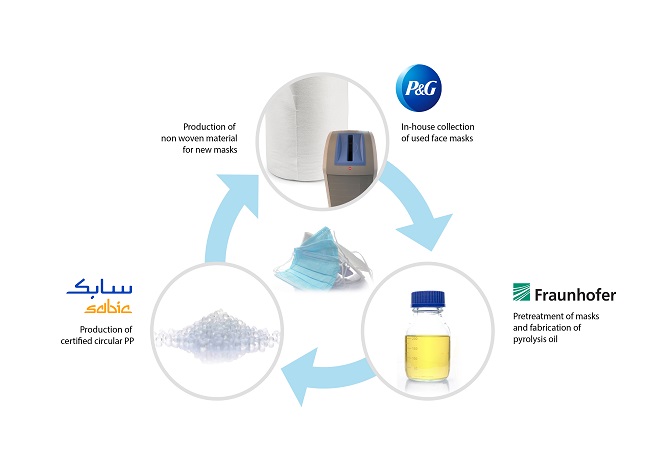
India is finally plunging into the oil politics of the Gulf and West Asia. It sent a team of senior officials from the commerce ministry to Iran around a fortnight earlier, to clinch an oil-for-food deal. And, is beginning to woo the Sunni oil kingdoms in the region, led by none other than Saudi Arabia.
Arvind Mehta, joint secretary in the ministry of commerce and as many as 70 members of the government-backed Federation of Indian Export Organisations (FIEO) met their counterparts in Teheran in an attempt to clinch a $1billion deal to sell rice, wheat, tea and pharmaceuticals to Iran, so as to partially offset India’s huge purchases of Iranian crude, of $12 bn annually.
At 12 per cent, Iran is only second to Saudi Arabia, India’s largest source of its energy needs. It is why the wooing of Saudi Arabia is also in substantial flow in Delhi these days. And, major plans are afoot in Delhi to also receive the Emir of Qatar, Hamad bin Khalifa Al-Thani, whose country is already a large source of oil and gas, as well as the fellow-sheikhs of Oman and the United Arab Emirates.
Energy reality
This dexterous diplomacy, in which the ministry of external affairs (MEA) has allowed the commerce ministry to take the lead in tackling extremely sensitive issues relating to India’s energy needs, comes as quite a surprise. Clearly, ceding space to the commerce ministry also means the MEA is creating for itself essential room for deniability. But it also means that irrespective of the struggle for the top foreign affairs profile between commerce minister Anand Sharma and external affairs minister S M Krishna, several parts of the government are at last working in tandem on cracking India’s energy conundrum.
Last month’s visit by defence minister A K Antony to Saudi Arabia followed a January decision by India to lift the 6.5 per cent anti-dumping duty on the export of polypropylene from there. Polypropylene is used in the manufacture of plastics and had become a thorn in the flesh of the growing India-Saudi relationship. None other than Prime Minister Manmohan Singh had been requested to remove the duty when he went visiting the Saudis about a year before.
The decision to send a team to Iran last week has been cloaked in considerable secrecy and came about after several rounds of both heart and hand-wringing, in which all parts of the establishment argued about what was to be done.
Government sources say there were two realities to be dealt with. First, energy-hungry India needed to continue to purchase Iranian crude, even as all efforts were made to reduce exposure to Iran and look for alternative sources of fuel, for example from Saudi Arabia.
Second, it would take at least a few years for India (and, especially, the Mangalore Refinery & Petrochemicals Ltd) to completely wean itself off Iran’s sweet and light crude.
India certainly did not want to be seen to be the only country breaking the US-led sanctions against Iran, especially as the Americans had become an important political and economic partner for Delhi.
The only via media, the government decided, was to increase Indian exports to Iran which would be exempt from US sanctions, besides allocating about 45 per cent of the oil trade to a rupee- Iranian rial mechanism.
During the Teheran visit, Iran’s deputy foreign minister for western Asia affairs, Ahmad Sobhani, was quoted by state television as confirming this decision, after he had met the Indian team. “At the moment, we have around $12 billion worth of trade with India. Some part of this will be directly in rupees and this will be beneficial for both countries,” Sobhani said. By replacing the dollar with the rupee, many middle channels in the India-Iran trade will be removed, he added.
The visiting Indian team agreed that over the next few years, bilateral trade with Iran could touch $25 billion yearly.
The FIEO team, consisting of private businessmen with hardly any or no dealings with the US, were said to be interested in the commodity deals with Iran, because government backing meant considerably reduced risk. It was also reported that the Iranian Bank Parsian would be allowed to open an office in Mumbai and India’s UCO Bank would be the lead Indian one doing business with Iran.
US vexation
Government sources admitted India’s Iranian connection was hardly going to go down well with the Americans, but said the country had little alternative. “India is hardly the sanction-buster it is being made out to be in the US,” said the sources.
Certainly, the Americans are not impressed. Nicholas Burns, former US under secretary of state for political affairs, who was involved in the negotiations for the Indo-US nuclear deal, put it succinctly: “India’s decision to walk out of step with the international community on Iran isn’t just a slap in the face for the US — it raises questions about its ability to lead,” he said in an article in the Diplomat, a leading US current affairs magazine.
“It represents a real setback in the attempt by the last three American presidents to establish a close and strategic partnership with successive Indian governments…There’s a larger point here about India’s role in the world. For all the talk about India rising to become a global power, its government doesn’t always act like one.”
Still, various parts of the Indian establishment are being told to keep a low profile even as they continue to carry out their Iranian dealings. Commerce Secretary Rahul Khullar was at the receiving end of considerable US ire last month because of his comments that India had no option but to continue to deal with Iran, and visiting Foreign Secretary Ranjan Mathai is believed to have got an earful from US Congress members.
On its part, Delhi is continuing to engage with the US, hoping it would understand that the quality of its interaction with Iran was need-based, as well as limited. The India-US military exercises in the Thar desert began in early March as scheduled, and will go on for two weeks. India will point to the fact that it had twice voted against Iran at the International Atomic Energy Agency during negotiations with the US on the Indo-US nuclear deal. And, that it takes very seriously the attack against the Israeli diplomat at the hands of alleged Iranian extremists.
Saudi lever
As for the wooing of the Saudi kingdom and other Arab states in West Asia, none other than Reliance Industries’ Mukesh Ambani, who has large stakes in the petrochemical products business, including polypropylene, is said to have been persuaded to see the light of day when countervailing duties were lifted against Saudi Arabia in January 2012.
In fact, the Saudi assistant petroleum minister, Prince Abdul Aziz bin Salman, capped his January visit to Delhi by reportedly meeting Ambani secretly on his way home, via Mumbai. In return, the Saudi prince is believed to have assured India that the kingdom could well enhance its oil sales to India from the coming financial year itself.
Source : business-standard.com








